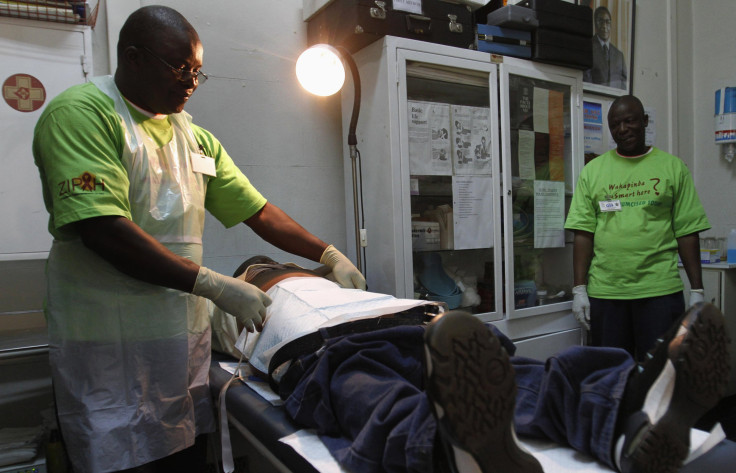Zimbabwe Hopes To Reduce HIV Infection Through New Circumcision Device For Doctors And Nurses

Hoping to help combat the ongoing AIDS and HIV epidemic in the country, officials in Zimbabwe are piloting a new male circumcision device that would make it easier and faster to cut off foreskins. The country has yet to implement the devices but hopes that the World Health Organization will approve it so that doctors and nurses will be able to easily perform the procedure.
The device was announced by the Ministry of Health and Child Care at the fourth annual Zimbabwe Uniformed Forces Health Services Conference by Secretary of Health and Child Care Dr. Gerald Gwinji, according to an AllAfrica.com report published Wednesday.
“Voluntary male circumcision is an important prevention methodology in an attempt to deal with HIV and Aids. We need, however, to reach certain targets in order to meet a certain population level impact that we should get but the challenge is that we have just started and the method we are using allows a certain number of circumcisions to be done,” Gwinji said at the conference.
Male circumcision can reduce the risk of heterosexually transmitted HIV by around 60 percent, according to the WHO. Still, the United Nations organization emphasizes that circumcision can only provide partial protection against the disease and says that the procedure should only be a part of an overall effort to reduce the rate of HIV infection.
Zimbabwe has one of the highest rates of HIV infection in sub-Saharan Africa, at 15 percent. There are an estimated 1.4 million people living in the country with the disease, including as many as 170,000 children. That figure comes to about 4 percent of the global total. In 2013, there were 69,000 new infections of the disease in Zimbabwe and 64,000 deaths related to AIDS. Of those infected, just 51 percent of adults are on antiretroviral treatment.
© Copyright IBTimes 2025. All rights reserved.






















